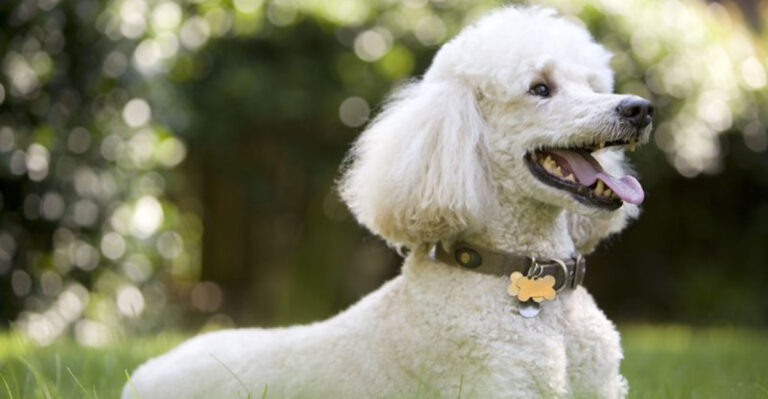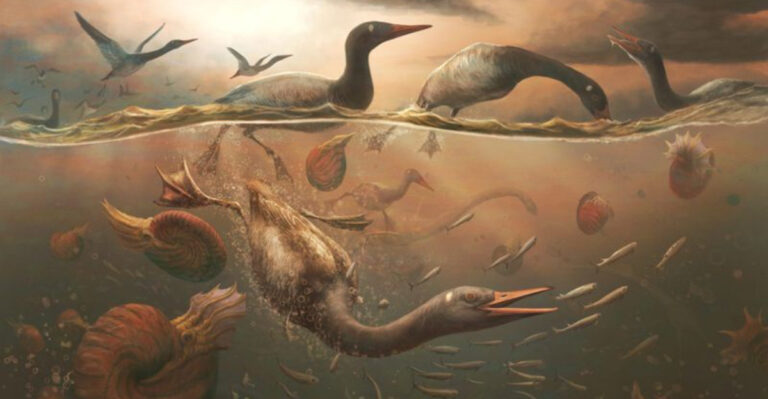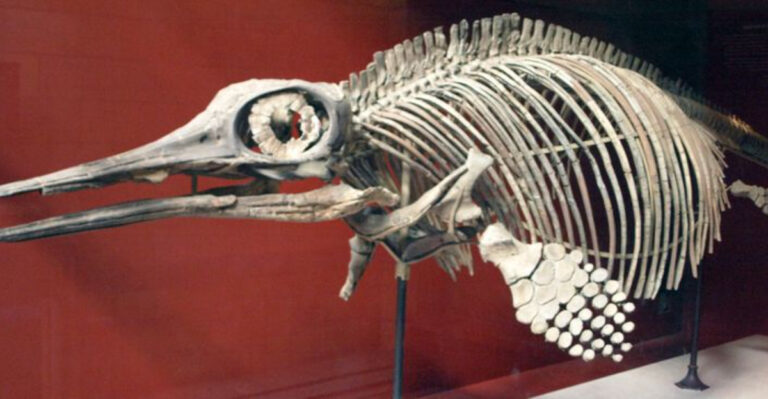You Can See All 5 Big Mammals In This Alaska Reserve
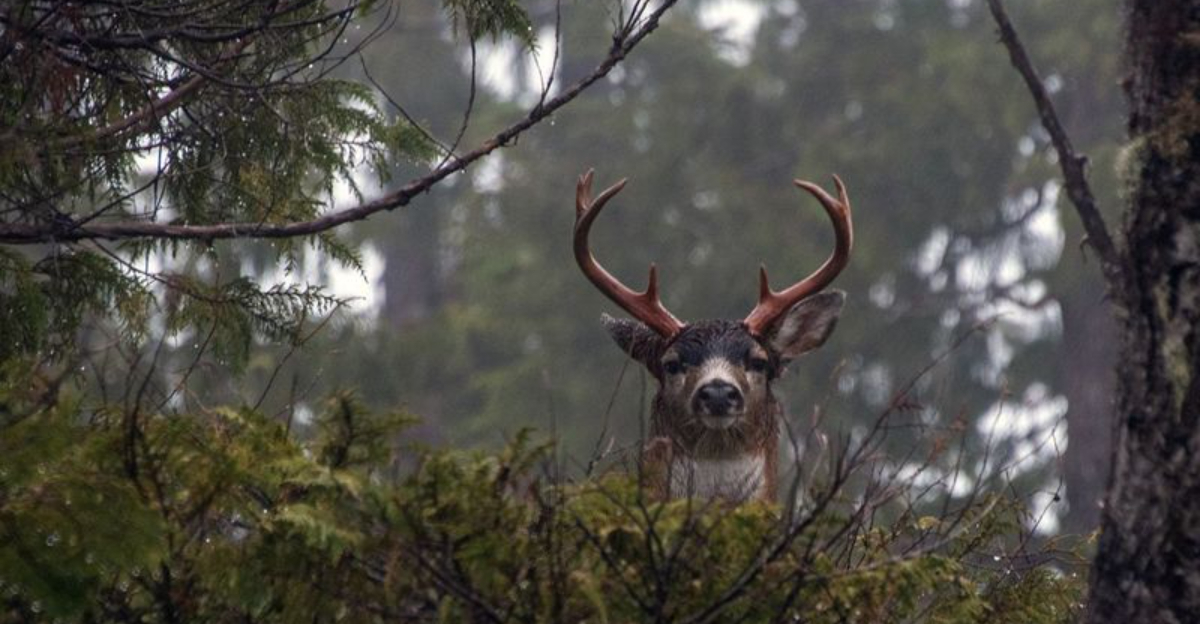
Alaska’s wilderness holds some of North America’s most magnificent creatures. Within one special reserve, visitors can witness all five of Alaska’s iconic large mammals in their natural habitat.
This rare opportunity attracts wildlife enthusiasts from around the world who hope to catch a glimpse of these amazing animals living freely in the vast Alaskan landscape.
1. Grizzly Bear
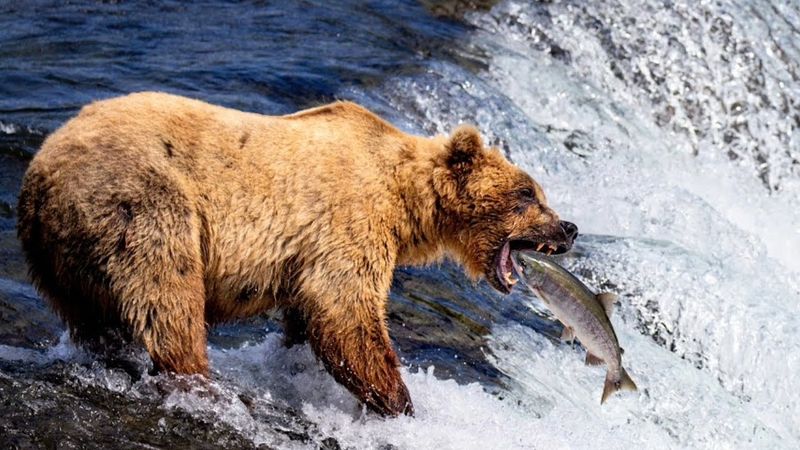
Standing tall on hind legs, grizzlies command respect throughout the reserve. These massive omnivores feast on salmon during spawning season, scooping fish from rushing streams with powerful claws.
Cubs stay with mothers for up to three years, learning survival skills. A grizzly’s shoulder hump is actually pure muscle, giving them incredible digging strength for finding roots and small mammals.
2. Moose

Giants of the north, bull moose sport antlers spanning six feet across! These solitary browsers wade through wetlands, dipping their heads underwater to munch on aquatic plants.
Despite weighing up to 1,500 pounds, moose move with surprising grace. During rutting season, males battle dramatically, clashing antlers while females observe the impressive display of strength.
3. Wolves
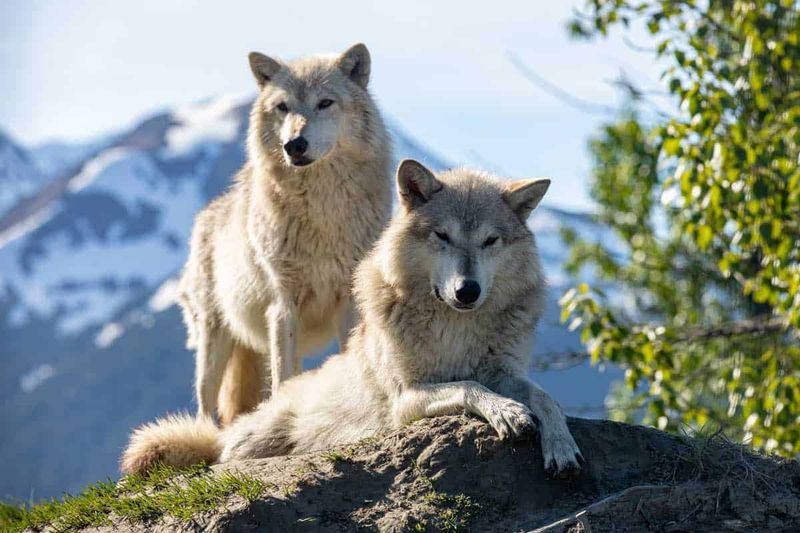
Howling across moonlit valleys, wolf packs maintain strict social hierarchies led by alpha pairs. These intelligent hunters coordinate sophisticated strategies, sometimes traveling up to 30 miles daily when tracking prey.
Alaskan wolves typically sport thicker, lighter-colored coats than their southern relatives. Pack members communicate through a complex language of vocalizations, body postures, and facial expressions.
4. Caribou
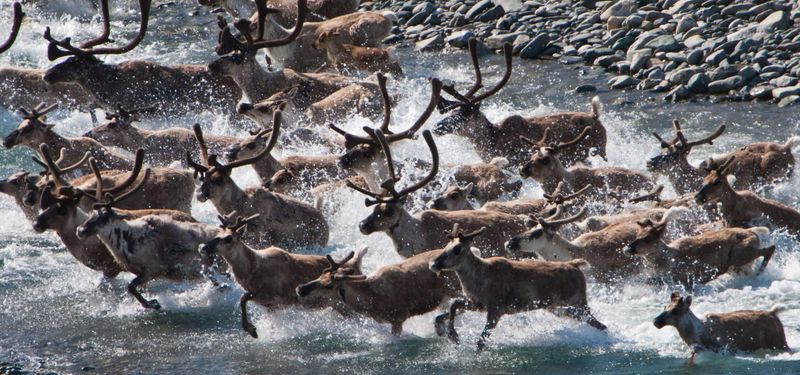
Nomads of the north, caribou herds undertake epic migrations spanning hundreds of miles each year. Both males and females grow antlers, unique among deer species.
Special hooves expand in winter for better snow traction and shrink in summer. Calves can stand within minutes of birth and run within hours – essential survival skills in a landscape where predators lurk behind every ridge.
5. Bison
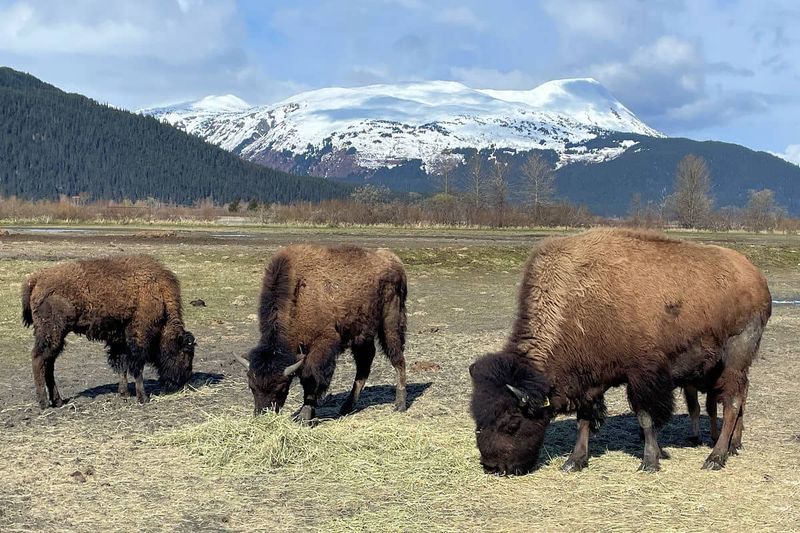
America’s largest land mammals roam the Alaskan plains with surprising agility despite weighing up to 2,000 pounds. These shaggy giants survived near-extinction, with conservation efforts helping restore their numbers.
Bison use their massive heads as snow plows during winter, sweeping aside deep snow to reach grasses below. Their thick coats contain multiple insulating layers, allowing them to withstand temperatures as low as -40°F.
6. The Alaska Reserve Is A Sanctuary For Wildlife
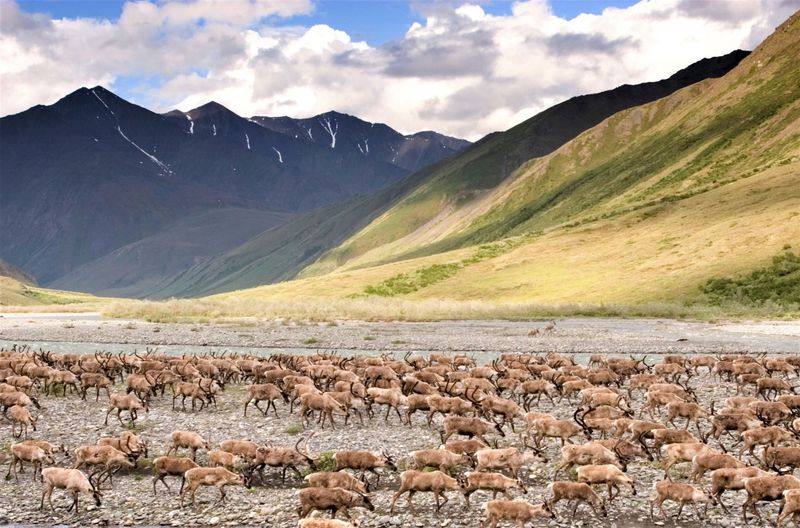
Spanning millions of pristine acres, this protected wilderness offers crucial habitat free from human development. Rangers monitor animal populations year-round, collecting vital data for conservation research.
Natural predator-prey relationships flourish here, maintaining ecological balance. The reserve’s varied landscapes – from alpine meadows to dense forests – provide specialized habitats supporting diverse wildlife communities throughout changing seasons.
7. Alaska’s Vast Ecosystems Support Diverse Mammal Populations

From coastal marshes to mountain peaks, Alaska’s varied terrain creates microhabitats for specialized wildlife. Rivers teeming with salmon provide critical food sources that sustain countless species.
The short but intense summer growing season produces abundant vegetation. Winter’s harsh conditions have shaped unique adaptations among resident animals – from specialized foot structures to remarkable fat-storage capabilities.
8. The Importance Of Conservation In Alaska

Climate change threatens Alaska’s delicate balance, with warming temperatures altering migration patterns and food availability. Conservation teams use radio collaring and DNA sampling to monitor population health.
Traditional knowledge from Alaska Native communities informs modern wildlife management practices. Sustainable tourism provides funding for continued protection efforts while educating visitors about these magnificent creatures and their fragile environment.
9. Alaska’s Big Mammals Are A Major Draw For Wildlife Tourism

Camera-wielding visitors generate millions in revenue annually, supporting local economies and conservation initiatives. Guided tours offer safe wildlife viewing opportunities while minimizing human impact on animal behavior.
Photography workshops attract enthusiasts hoping to capture that perfect shot. The chance to witness all five major mammals in one reserve creates bucket-list experiences that leave lasting impressions on travelers from around the world.
10. Alaskan Wildlife Is Vital To The Food Chain
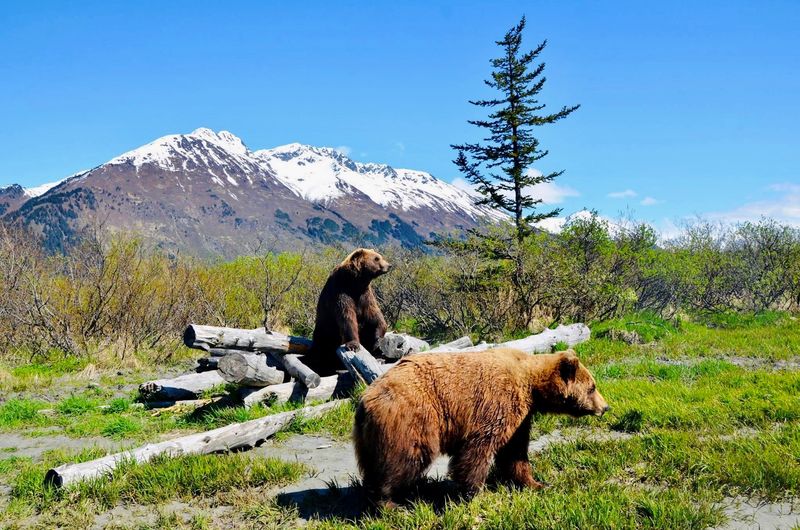
Each species plays a crucial role in nature’s complex web. Predators like wolves and bears control prey populations, preventing overgrazing of sensitive vegetation.
When salmon return to spawn, they bring ocean nutrients inland, fertilizing riverside ecosystems. Even in death, these magnificent mammals contribute to the cycle of life – their remains providing essential nutrients and supporting scavenger species throughout the harsh Alaskan winter.


